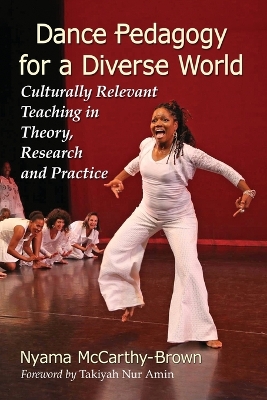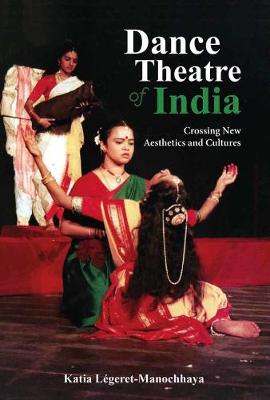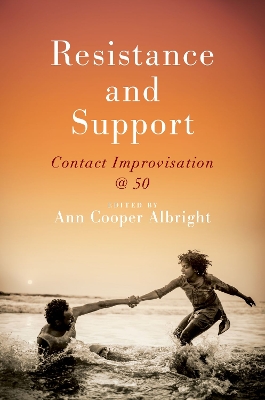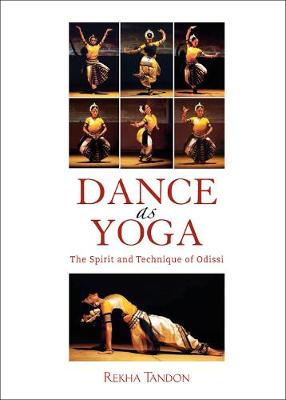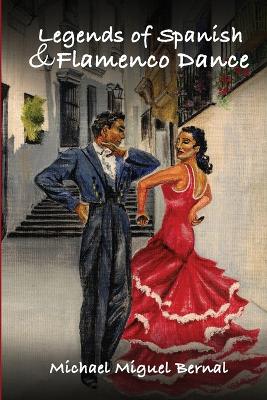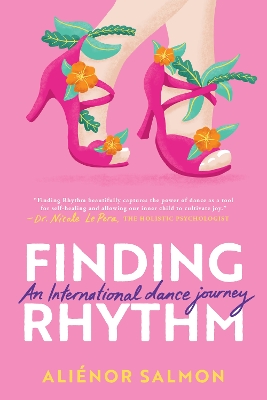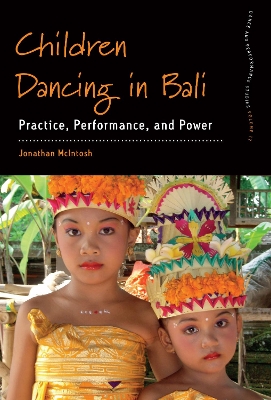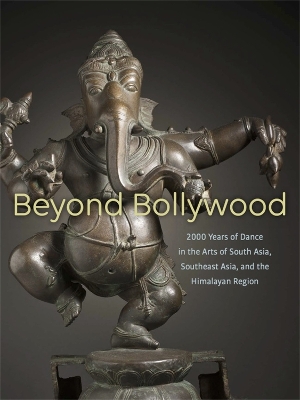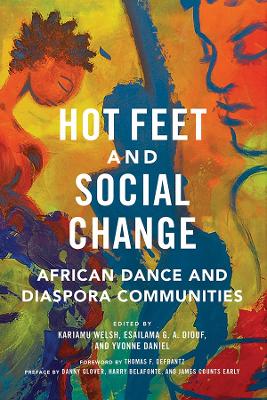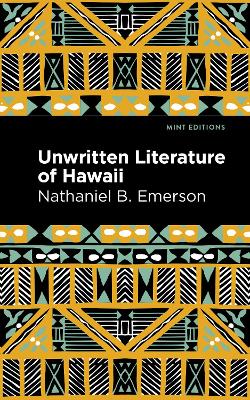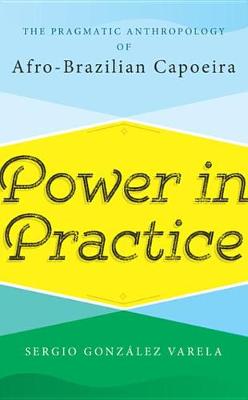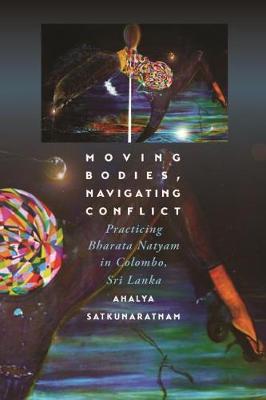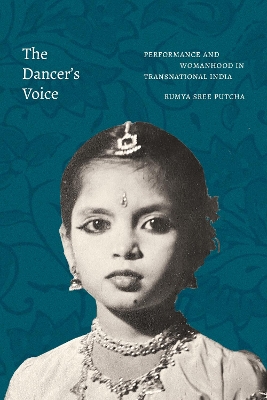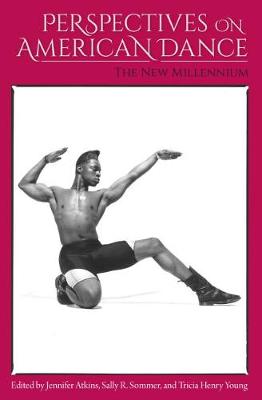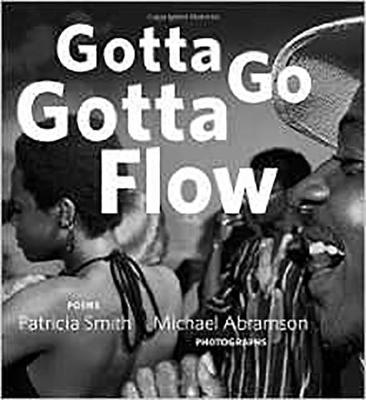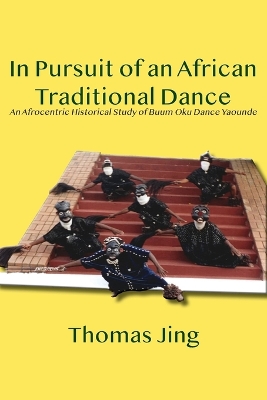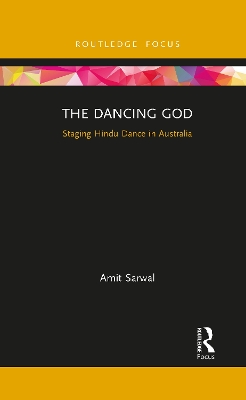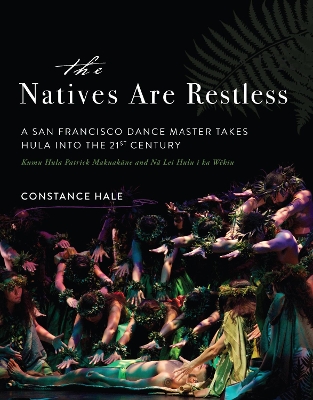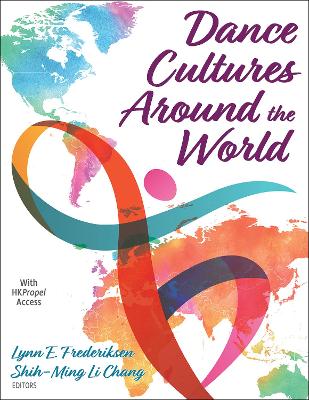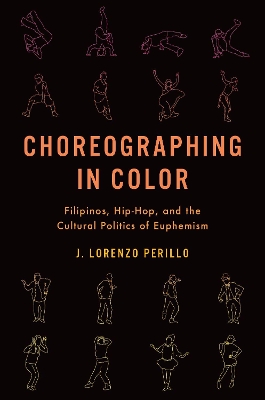Issues of race, class, gender and religion permeate the study of contemporary dance, resulting in cultural clashes in classrooms and studios. The first of its kind, this book provides dance educators with tools to refocus teaching methods to celebrate the pluralism of the United States. The contributors discuss how to diversify dance history courses in higher education and ballet technique classes, choreographing dance about socially charged contemporary issues and incorporating Native American...
Resistance and Support: Contact Improvisation @ 50 is a ground-breaking anthology that collects twenty original writings that elucidate critically important somatic and political perspectives on Contact Improvisation (CI). This form of partner dancing that was started in the United States in 1972, has spread into a vibrant global community in the twenty-first century. Resistance and Support is edited and includes an introduction by veteran CI practitioner and dance studies scholar Ann Cooper Alb...
One woman embarked on a dance journey around the world, finding out how each dance tells a story of its country and learning how beautiful life can be when you take the lead. If you could do anything you wanted, what would it be? Alienor Salmon was working as a happiness researcher in Bangkok when a friend asked her the question that turned life as she knew it on its heels. A novice dancer but experienced social researcher, the Franco-British Alienor headed west from Bangkok to dance her way thr...
The question of power and agency between children and adults within the context of traditional Balinese dance remains multilayered. While adults exercise authority over children in formal settings, an alternative dynamic exists outside the confines of traditional performance contexts where children operate as artistic agents. In this illuminating ethnographic study of Balinese dance traditions, Jonathan McIntosh examines how children navigate the nexus of practice, performance, and power throu...
Beyond Bollywood
Hot Feet and Social Change
The popularity and profile of African dance have exploded across the African diaspora in the last fifty years. Hot Feet and Social Change presents traditionalists, neo-traditionalists, and contemporary artists, teachers, and scholars telling some of the thousands of stories lived and learned by people in the field. Concentrating on eight major cities in the United States, the essays challenges myths about African dance while demonstrating its power to awaken identity, self-worth, and community r...
Unwritten Literature of Hawaii: The Sacred Songs of the Hula (1909) is a collection of hulas and essays by Nathaniel B. Emerson. Translating previously unwritten songs, interviewing native Hawaiians, and consulting the works of indigenous historians, Emerson provides an entertaining and authoritative look at one of Hawaii’s most cherished traditions. “For an account of the first hula we may look to the story of Pele. On one occasion that goddess begged her sisters to dance and sing before her, b...
Considering the concept of power in capoeira, an Afro-Brazilian ritual art form, Varela describes ethnographically the importance that capoeira leaders (mestres) have in the social configuration of a style called Angola in Bahia, Brazil. He analyzes how individual power is essential for an understanding of the modern history of capoeira, and for the themes of embodiment, play, cosmology, and ritual action. The book also emphasizes the great significance that creativity and aesthetic expression...
Moving Bodies, Navigating Conflict is a groundbreaking ethnographic examination of dance practice in Colombo, Sri Lanka, during the civil war (1983-2009). It is the first book of scholarship on bharata natyam (a classical dance originating in India) in Sri Lanka, and the first on the role of dance in the country's war. Focusing on women dancers, Ahalya Satkunaratnam shows how they navigated conditions of conflict and a neoliberal, global economy, resisted nationalism and militarism, and advocate...
In The Dancer’s Voice Rumya Sree Putcha theorizes how the Indian classical dancer performs the complex dynamics of transnational Indian womanhood. Putcha argues that the public persona of the Indian dancer has come to represent India in the global imagination—a representation that supports caste hierarchies and Hindu ethnonationalism, as well as white supremacist model minority narratives. Generations of Indian women have been encouraged to embody the archetype of the dancer, popularized through...
Perspectives on American Dance: The New Millennium
The two volumes of Perspectives on American Dance are the first anthologies in over twenty-five years to focus exclusively on American dance practices across a wide span of American culture. They show how social experience, courtship, sexualities, and other aspects of life in America are translated through dancing into spatial patterns, gestures, and partner relationships. Essays in these collections address rarely-studied topics in American dance and offer unexpected perspectives on commonly st...
Every year at Carnival season each of Rio's "favelas" - the shanty-town slums in the hills surrounding the city - sends a samba school of thousands of costumed dancers, musicians and floats to compete in the carnival parade. The author, a dancer by training and a journalist, spent one such season with the samba school of Mangueira, not only learning the art of this dazzlingly complex dance, but also exploring the world of samba - the excesses and enthusiasms, the poverty and danger behind the gl...
On March 11, 2011 one of the most powerful earthquakes in recorded history devastated Japan, triggering a massive tsunami and nuclear meltdowns at three reactors in the Fukushima Daiichi Nuclear Power Plant complex in a triple disaster known as 3.11. On five separate journeys, Japanese-born performer and dancer Eiko Otake and historian and photographer William Johnston visited multiple locations across Fukushima, creating 200 transformative color photographs that document the irradiated landscap...
In the mid 1990's Deborah Hay's work took a new turn. From her early experiments with untrained dancers, and after a decade of focusing on solo work, the choreographer began to explore new grounds of choreographic notation and transmission by working with experienced performers and choreographers. Using the Sky: a dance follows a similar path as Hay's previous books-Lamb at the Altar and My Body the Buddhist-by exploring her unrelenting quest for ways to both define and rethink her choreographi...
The Dancing God: Staging Hindu Dance in Australia charts the sensational and historic journey of de-provincialising and popularising Hindu dance in Australia. In the late nineteenth and early twentieth centuries, colonialism, orientalism and nationalism came together in various combinations to make traditional Hindu temple dance into a global art form. The intricately symbolic Hindu dance in its vital form was virtually unseen and unknown in Australia until an Australian impresario, Louise Lig...
The art of hula is thriving in cities all over the country and the world, but it is not always understood. In The Natives Are Restless, journalist Constance Hale presents the largely untold story of the dance tradition, using the twin keyholes of Kumu Patrick Makuakane (a Hawai‘i-born, San Francisco–based hula master), and his 350-person arts organization (Na Lei Hulu i ka Wekiu). In the background, she weaves the poignant story of an ancient people and the resilience of their culture. In the fo...
Dance Cultures Around the World
Written by a diverse group of authors from across the globe, Dance Cultures Around the World offers students a rich and in-depth look at 25 different cultures of dance. Through a dynamic collaboration with the chapter authors, editors Lynn E. Frederiksen and Shih-Ming Li Chang have carefully created a unique multimedia resource that includes vetted links to dance videos, images, and other materials. The text, suitable for high school and undergraduate general education and dance courses, address...
In Choreographing in Color, J. Lorenzo Perillo investigates the development of Filipino popular dance and performance since the late 20th century. Drawing from nearly two decades of ethnography, choreographic analysis, and community engagement with artists, choreographers, and organizers, Perillo shifts attention away from the predominant Philippine neoliberal and U.S. imperialist emphasis on Filipinos as superb mimics, heroic migrants, model minorities, subservient wives, and natural dancers an...
